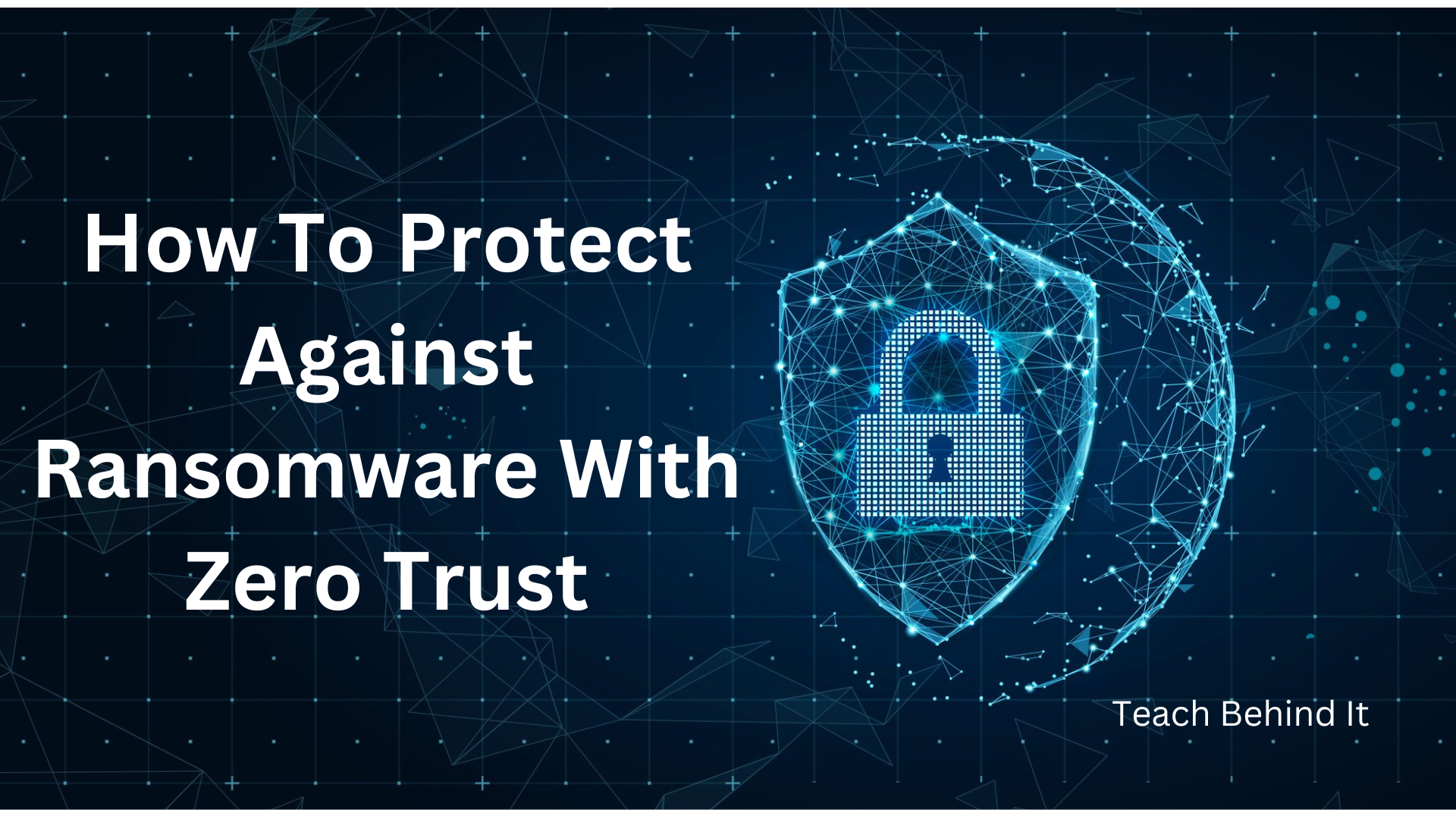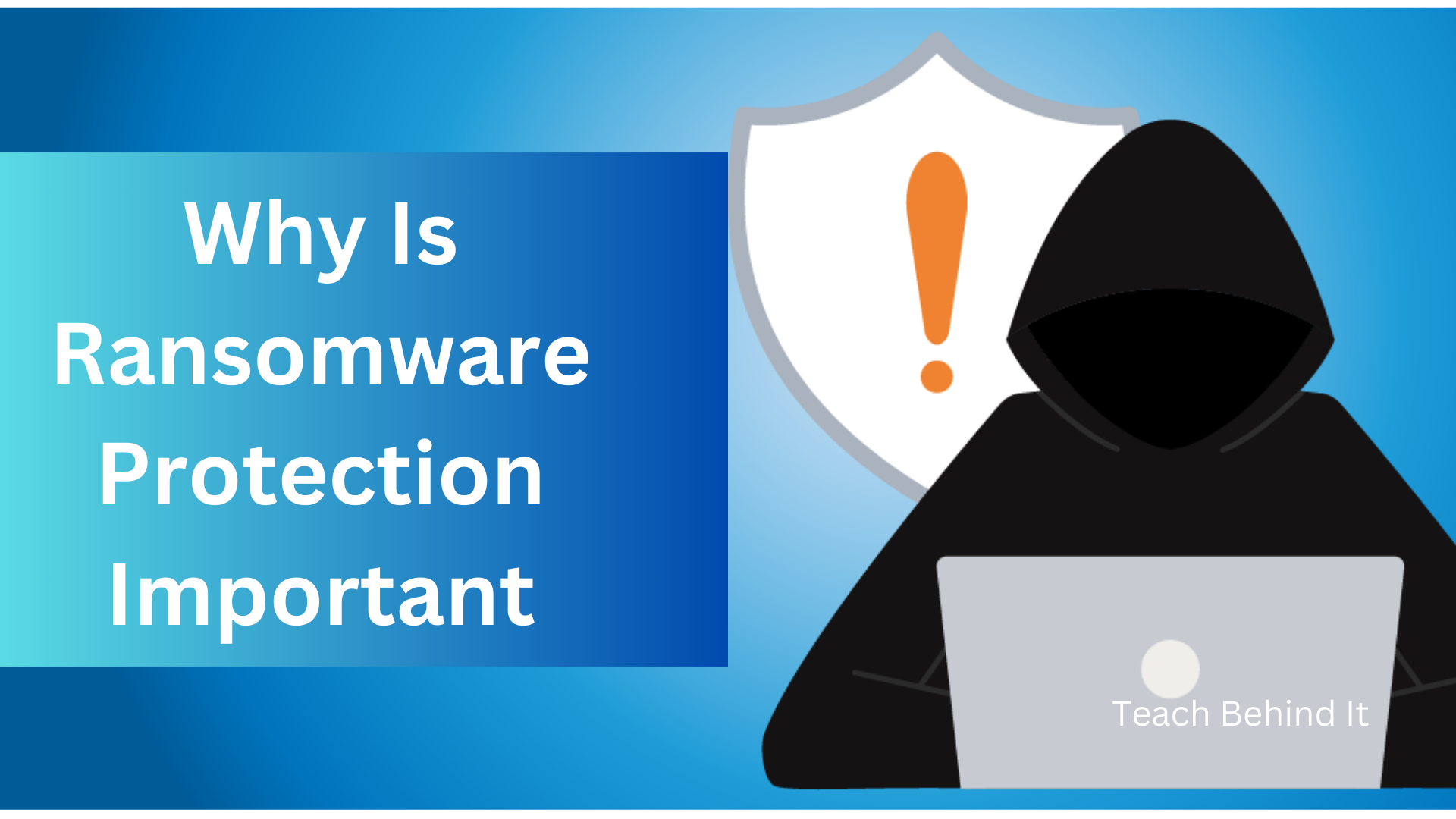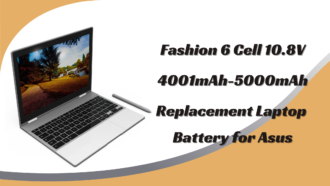How To Protect Against Ransomware With Zero Trust?
- 1 Why Is Ransomware Protection Important?
- 2 How To Protect Against Ransomware With Zero Trust?
- 2.1 Foundation of Zero Trust:
- 2.2 Least Privilege Access:
- 2.3 Micro-Segmentation:
- 2.4 Continuous Monitoring and Anomaly Detection:
- 2.5 MFA: multi-factor authentication
- 2.6 Device Trustworthiness:
- 2.7 Application Layer Security and Data Encryption:
- 2.8 Zero Trust for External Links:
- 2.9 Constant updates and patches:
- 3 Conclusion:
- 4 FAQs
- 4.1 What is ZTA?
- 4.2 ZTA protects against ransomware. How?
- 4.3 ZTA least privilege access?
- 4.4 How does ZTA manage distant users and connections?
- 4.5 Why is ZTA continual monitoring important?
- 4.6 How does ZTA use multi-factor authentication?
- 4.7 How does ZTA handle device trustworthiness?
- 4.8 What is ZTA micro-segmentation?
- 4.9 Why is ZTA encryption important?
- 4.10 How does ZTA handle ongoing upgrades and patches?
In the ever-changing cyber environment, ransomware threatens people, organizations, and governments. Zero Trust Architecture (ZTA) is a cybersecurity beacon as organizations face more complex attacks. Zero trust implies no trust, even among networked entities. Zero Trust ransomware defense is discussed in this essay.
Why Is Ransomware Protection Important?
Protection is crucial in today’s digital environment, when ransomware assaults may have catastrophic consequences.
Some reasons ransomware protection is important:
- Protect Data: Ransomware locks files and data from access. To prevent data theft, ransomware protection is essential.
- Management of reputation: Ransomware attacks may damage a company’s reputation. If the organization seems vulnerable to cyberattacks, clients and stakeholders may lose faith. Ransomware protection boosts reputation.
- Compliance with the law: Multiple sectors and areas have data protection rules and compliance requirements. Data breaches from ransomware attacks can result in legal and regulatory penalties. Compliance requires strong protective mechanisms.
- IP Protection: Ransomware protection is essential for R&D and creative companies to preserve intellectual property. Losing private knowledge might hurt competition.
- Extortion Prevention: Most ransomware attackers want Bitcoin, making cash hard to track. Paying the ransom does not guarantee decryption keys and invites further crime. Preventing ransomware breaks this cycle.
- Integrity of the System: Cybercriminals can access and manipulate IT systems via ransomware assaults. Ransomware protection prevents unauthorized changes and ensures system dependability.
- Secure Network: Ransomware spreads across networks, impacting various systems. Strong network security prevents ransomware from spreading within an organization.
- Cybersecurity Resilience: Ransomware prevention is essential to cybersecurity resilience. To prevent attacks, it uses frequent backups, personnel training, and enhanced threat detection. Data, company continuity, compliance with rules, reputation, and financial losses must be protected from ransomware. A comprehensive cybersecurity strategy that includes preventative measures, personnel education, and incident response planning is needed to reduce ransomware threats.
How To Protect Against Ransomware With Zero Trust?
Foundation of Zero Trust:
Zero Trust assumes that every person, device, and system is untrusted and must be verified before accessing resources. This divergence from perimeter-based security recognizes internal and external dangers. Several fundamental aspects build a strong ransomware defense in ZTA.
Least Privilege Access:
ZTA follows the idea of least privilege, limiting user and system access to their responsibilities. Lowering rights reduces the attack surface, lowering ransomware’s impact.
Micro-Segmentation:
Virtual barriers prevent lateral movement in the infrastructure due to network segmentation. This segmentation prevents ransomware outbreaks from spreading across the network.
Continuous Monitoring and Anomaly Detection:
Network and user behavior are monitored 24/7 with zero trust. Alerts for deviations from baselines enable quick ransomware reactions. Anomaly detection quickly identifies and investigates odd patterns.
MFA: multi-factor authentication
Zero Trust relies on multi-factor authentication, which requires various forms of identity before access. This extra authentication layer makes it tougher for unauthorized parties to install ransomware.
Device Trustworthiness:
Zero Trust allows only trustworthy and secure devices to connect to the network. Device health checks and compliance reduce the possibility of compromised devices introducing ransomware.
Application Layer Security and Data Encryption:
Application-layer security includes strong access restrictions and encryption. Encrypting data in transit and at rest prevents ransomware from exploiting sensitive data.
Zero Trust for External Links:
Remote users and third-party providers must follow Zero Trust rules. This extension treats ransomware vectors like internal elements: suspicious.
Constant updates and patches:
Zero Trust requires regular upgrades and patches. The design decreases ransomware exploits by quickly fixing vulnerabilities in software and operating systems.
Conclusion:
Zero Trust Architecture is a cybersecurity paradigm change, especially for ransomware. By adopting a proactive, comprehensive strategy, organizations may strengthen their cyber defenses against emerging threats. Least privilege, micro-segmentation, continuous monitoring, and other ZTA concepts build a robust barrier that opposes ransomware attacks. Zero Trust will guide organizations towards a safer digital future as technology and cyber risks evolve.
FAQs
What is ZTA?
Zero Trust Architecture presupposes no trust, even among network elements. Security is improved by validating people, devices, and systems and establishing stringent access limits.
ZTA protects against ransomware. How?
ZTA prevents ransomware by enforcing least privilege access, segmenting the network, monitoring for anomalies, implementing multi-factor authentication, ensuring device trustworthiness, securing applications and data at the application layer, encrypting data, extending Zero Trust principles to external connections, and prioritizing continuous updates and patching.
ZTA least privilege access?
The ZTA concept of least privilege access restricts user and system access to what is needed for their tasks. Minimizing the attack surface decreases the danger of ransomware and unauthorized access.
How does ZTA manage distant users and connections?
ZTA applies to distant users and third-party providers. This means applying the same strict Zero Trust principles to external access and treating ransomware vectors with suspicion.
Why is ZTA continual monitoring important?
ZTA tracks network traffic and user behavior in real-time. It detects irregularities that may suggest ransomware or other security threats, enabling quick reactions and damage mitigation.
How does ZTA use multi-factor authentication?
ZTA requires users to submit various forms of identity before accessing systems or data; hence, MFA is essential. MFA increases security, making ransomware infiltration and deployment harder.
How does ZTA handle device trustworthiness?
ZTA only allows secure devices on the network. Health checks and compliance enforcement reduce ransomware risk on compromised devices.
What is ZTA micro-segmentation?
Isolating the network into segments creates virtual barriers that prevent lateral mobility inside the infrastructure. This network containment approach stops ransomware from spreading.
Why is ZTA encryption important?
ZTA encryption protects data in transit and at rest. Even with unauthorized network access, ransomware finds it harder to exploit sensitive data.
How does ZTA handle ongoing upgrades and patches?
ZTA prioritizes software and OS upgrades and patches to resolve vulnerabilities. This proactive method decreases ransomware exploits and improves cybersecurity.


















